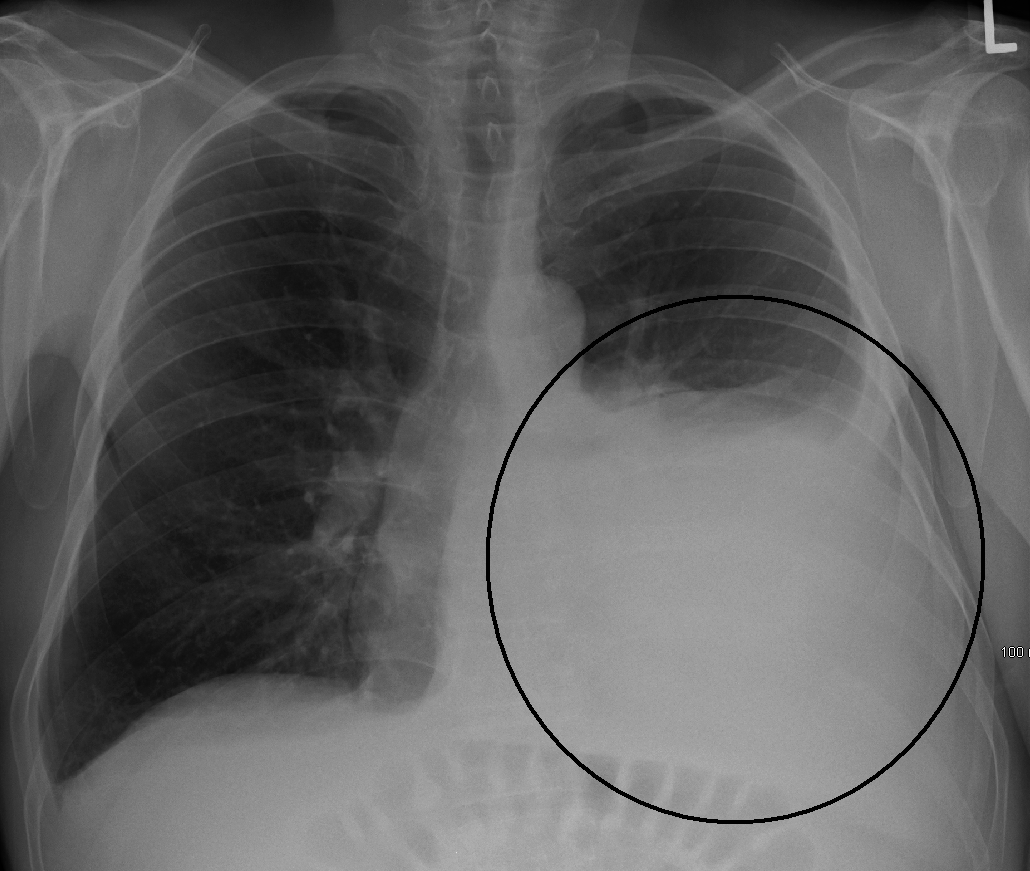General Considerations
Both the diagnostic and therapeutic thoracenteses are performed using a similar technique. The major difference is the amount of fluid removed. The proceduralist may also choose to only use the needle technique as opposed to the needle-catheter unit when obtaining fluid for diagnostic purposes only.
It is generally recommended that needle size be limited to 18-gauge or smaller to minimize risk of pneumothorax and damage to nearby structures.
US-guided thoracentesis is associated with a significantly lower rate of complications and has become the standard of care. (1) Real-time ultrasound (US) guidance is recommended for small or loculated effusions when there is concern that the diaphragm or lung tissue is <10mm from the pleural surface. It is also recommended in patients with relative contraindications such as coagulopathies and the mechanically ventilated patient.
Read More







